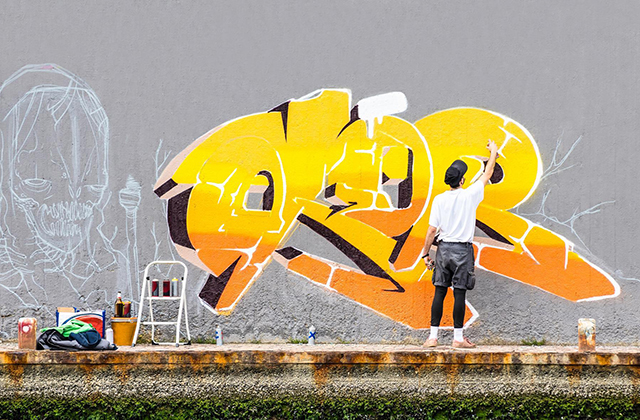As creating storyboards digitally becomes more popular animatics artist Sydney get more opportunity for a job, we asked professional storyboard artist Max Forward his views on the pros and cons of working digitally. Max started his career creating storyboards traditionally (pen/pencil and paper) and has been a purely digital storyboard artist for the past few years. This is what he had to say:
As far as the advantages-
-Clients look at digital storyboard artists as more cutting-edge, more professional maybe, if like me, you were young to start out, and maybe having some high-tech drawing equipment makes you at least look like you know what you are doing. It makes you more competitive.
-Maybe it’s faster and maybe it’s not. Some traditional storyboard artists can really draw fast and beautiful on paper and pencil. Some digital storyboard artists are super slow. If you’re fast you’re fast.
-It’s a more flexible approach to drawing storyboards. I think in some respects because of the various advantages involved with using layers. Especially when clients are picky and need changes, like “make this car look bigger.” Then you can just resize the layer while not disturbing the perfectly drawn background layer and the process takes seconds. Clients really like it when they request a change and a storyboard artist can adjust the storyboard while they are sitting next to you in no time at all.
-If I make a mistake when I draw, so it’s nice to be able to hit the “undo” button.
-Also digital “brushes” are very sophisticated nowadays. Now I can draw in what looks like ink, but if I make a mistake I can erase it like a pencil. I can also add neat airbrush effects for shading. If I try something new, I just put it on a new layer. Since it’s on it’s own layer, if I’m not happy with it, I can always delete it later. Digital gives you more freedom to experiment without the risk of ruining the entire illustration.
-The polished look of the digitally drawn rectangles, text, and artwork is, while just a matter of style, makes fro a very clean storyboard which is usually very well received by the client.
-Ultimately, digitally formatted storyboards are preferred by every client as the final means of delivery. Some clients request emailed PDFs, or individual frames for purposes of making an animatic, or JPG transferred via USB drive and you say “no problem.” It is not necessary to take the extra time consuming step of scanning your storyboards.
-You can always mention how you “hate to waste paper” and “abhor toxic inks”, and get points for going Green with digital art. These are legitimate cost-saving measures though.
-Clients often will come by to watch me illustrate storyboards on the computer. Not to look at the work so much, but to marvel at the digital drawing process. They will ask questions, you can demo some neat effects, and it’s a nice thing usually. It’s usually impressive to clients when you can razzle-dazzle them with your shiny gadgets.
-Ergonomically, I find drawing storyboards on my Cintiq to be an almost physical pain-free process.
-Feeling that you are on the cutting edge of your industry as a storyboard artist kind of makes you feel safe… for now…
Now for the fewer disadvantages:
-Work is susceptible to software and hardware crashes, and must be backed up and saved often.
-Costly, in some respects. Highest cost being the cost of a computer/laptop with the Cintiq being pricey as well.
-High learning curve, that never really seems to go away.
-Evolves very often which includes incurring new expenses like upgraded software/hardware. Likely this will never go away either.
-Upgrades are a difficult process sometimes. I feel many of the tools I use are not fully integrated, or buggy, or lack obvious features, and these necessary changes may never come.
-Digital art is arguably less “Artistic” in the romantic sense of the word.
Conclusion:
The world going digital is not necessarily a good thing for storyboard artists, as it is not for any maker of media, be they book publishers, record labels, TV producers or filmmakers. New technologies promise better competition, but market forces correct these imbalances and before you know it, your job gets harder and your pay gets smaller. Like we would have been better off if digital media wasn’t invented in the first place. But we did, and now the world depends on it and nothing will shift us backwards. All we can do at is just try to keep up.
Max Forward is a professional storyboard artist based in Los Angeles, CA. He is represented by Frameworks Artists LLC. Samples of his work can be found on their website at: http://frameworks-la.com
Article Source: http://EzineArticles.com/expert/Max_Forward/1213927
Article Source: http://EzineArticles.com/6654787



